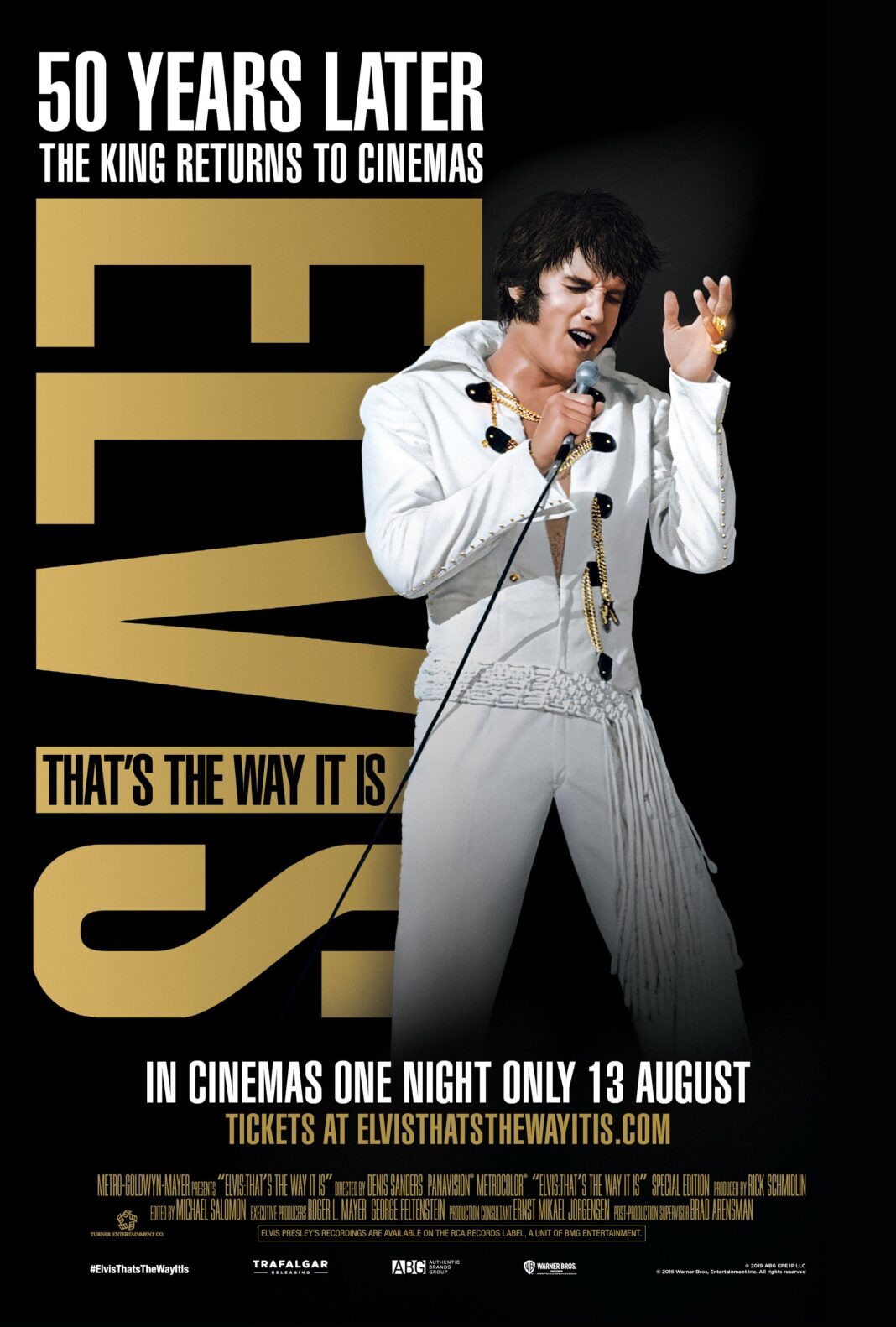How does one define a legend?
Elvis Presley is still regarded as ‘The King’ of many things when it comes to how you define entertainment, be it a pivotal moment in history as somebody who virtually was a one-person influence on everything and everyone or simply the rivet that holds modern popular musical together.
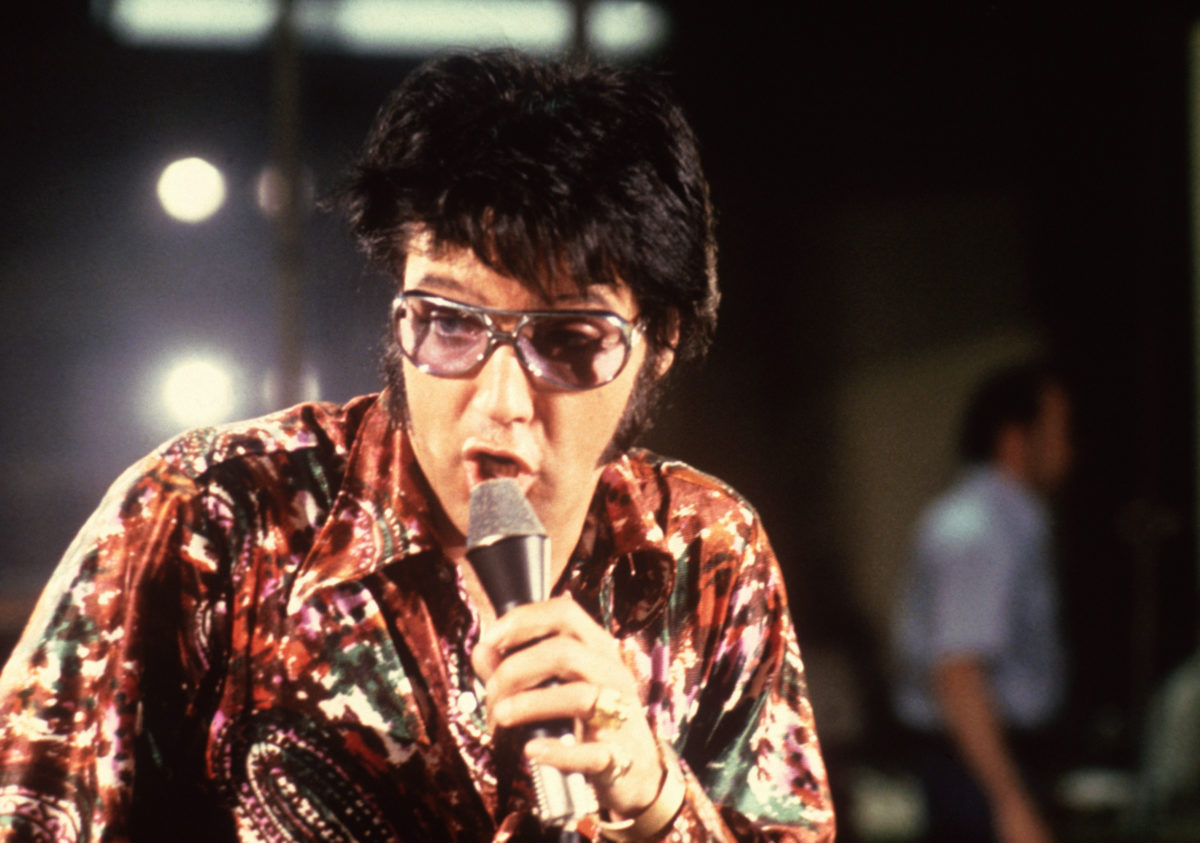
The name ‘Presley’ is synonymous with rock and roll and a niche market of films in which he played variations of the same thing that was marketed a certain way to appeal to a wide demographic of the cinema-going audience – an amazing output of thirty-one features between 1956 and 1969, which to some Hollywood executives made him ‘the only sure thing’.
His 1968 TV offering ELVIS (aka The Comeback Special) was another moment of history, bringing him back to the forefront of entertainment and a leaner, meaner version that got people talking about him again – and was a huge influence on the MTV ‘UNPLUGGED’ specials that defined the 1990s with stars like Alanis Morrisette, Nirvana and Paul McCartney going for a simpler acoustic ideal.
It is, of course, his concert specials and concert documentary films that are a pinnacle moment in entertainment history. His 1973 worldwide-broadcast concert, ALOHA FROM HAWAII, reached a then-incredible reach of one billion across the world, astonishing by early 1970s standards when the technological potential was still in its’ infancy.
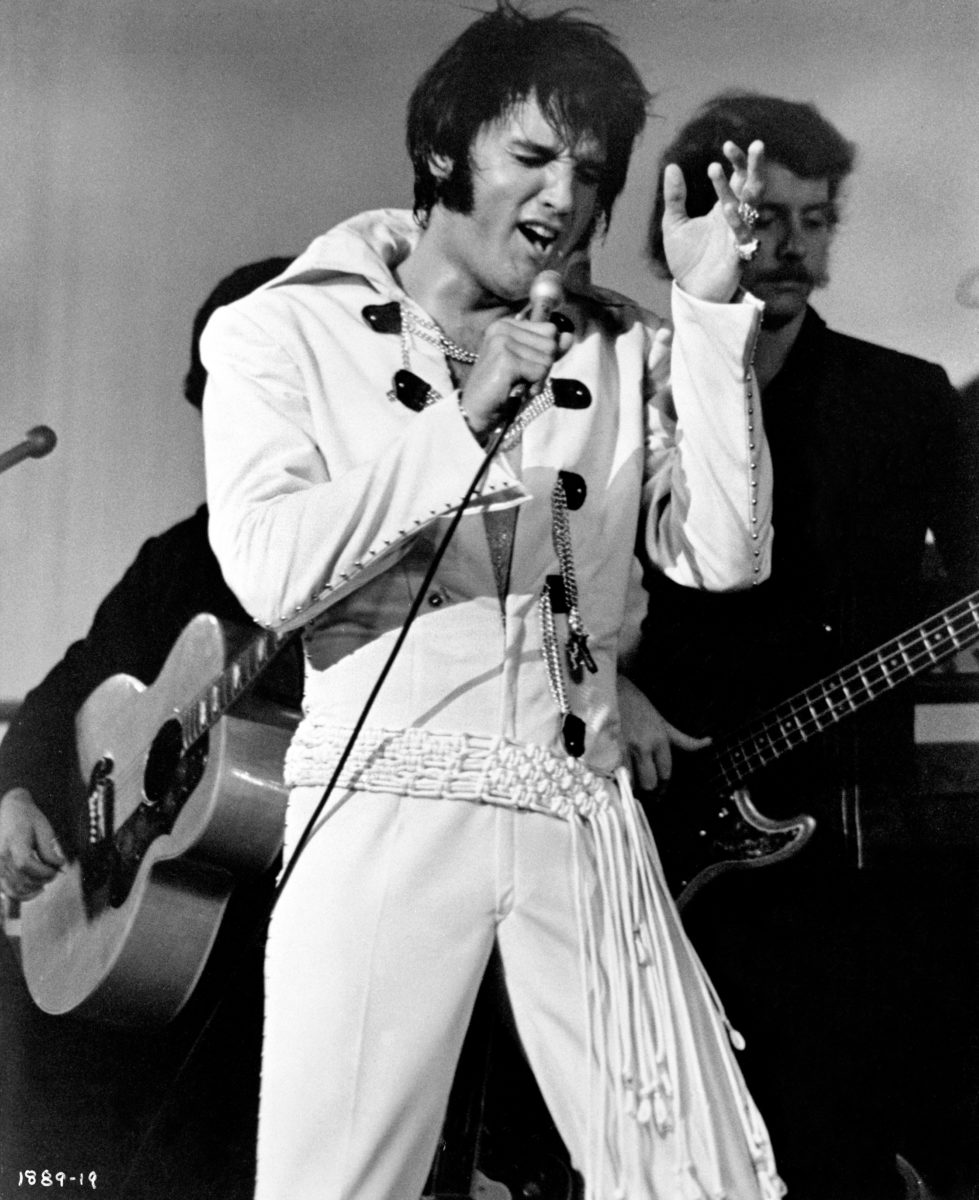
There were two theatrical offerings, ELVIS: THAT’S THE WAY IT IS (1970) and ELVIS ON TOUR (1972) – and to mark THAT’S THE WAY IT IS’ 50th Anniversary release, Trafalgar Releasing are doing a one-day event across the world which will give people a chance to see Elvis in action, both in rehearsal and on stage.
Filmed over the course of two months (July-through-August 1970) , including three days of rehearsals at MGM Studios where Elvis had an office, before heading into the International Hotel Ballroom where he would perform – the performance footage is compiled from six shows – THAT’S THE WAY IT IS sizzles with the very energy that made the world fall in love with Elvis from the early days at Sun Studios in Memphis.
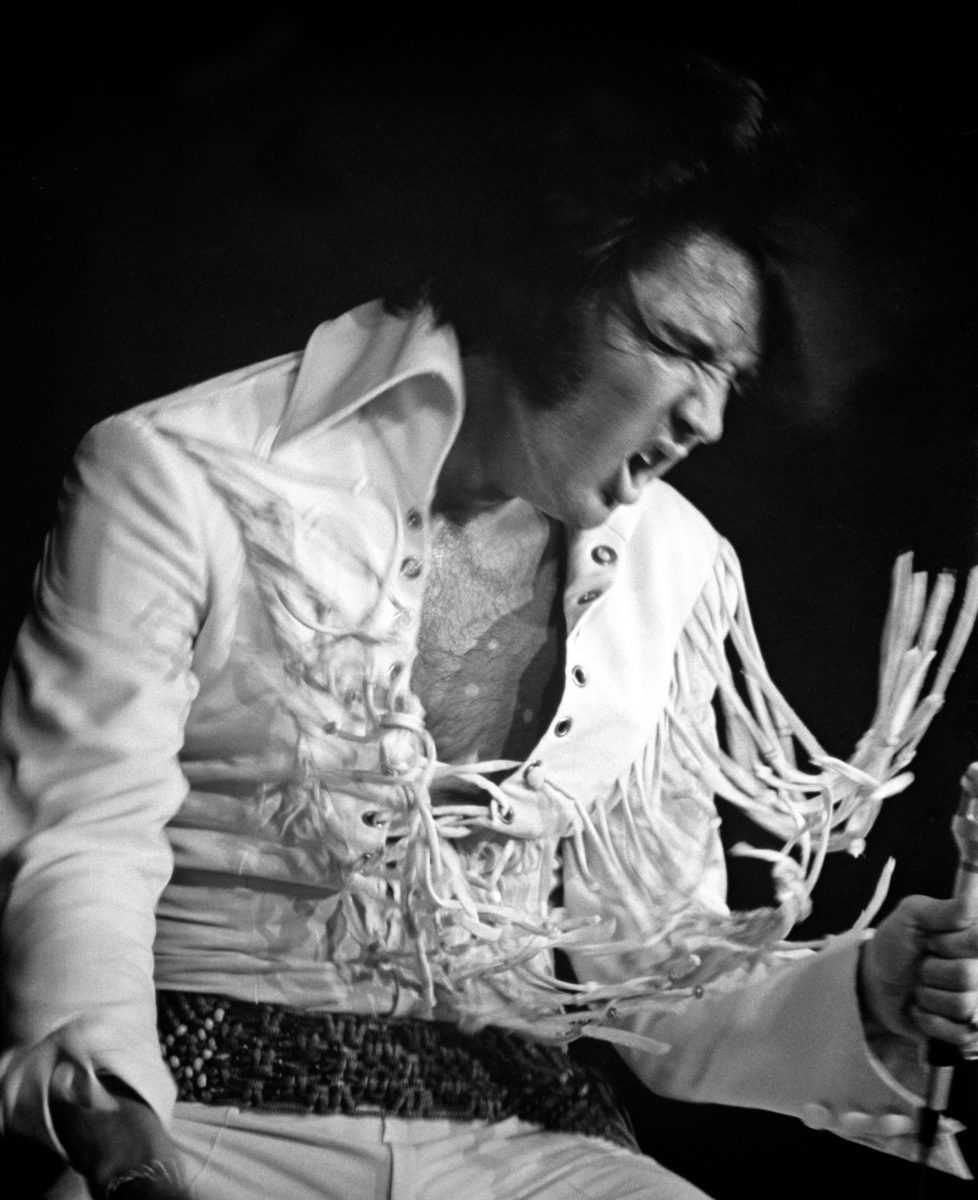
The rehearsal footage leaps off the screen as Elvis rehearses and rocks his core group of musicians and backing singers, including The Sweet Inspirations, to the hilt, listening to then-recent recordings to get a feel for what their objectives are in a series of performances that simply had to be up to the standards that fans expect.
It’s amazing to see him tackling versions of songs composed by the very people he influenced from the start of his career in the 1950s like Paul Simon, The Bee Gees and The Beatles, who all credited him with giving them the kick-start to make their own careers happen.
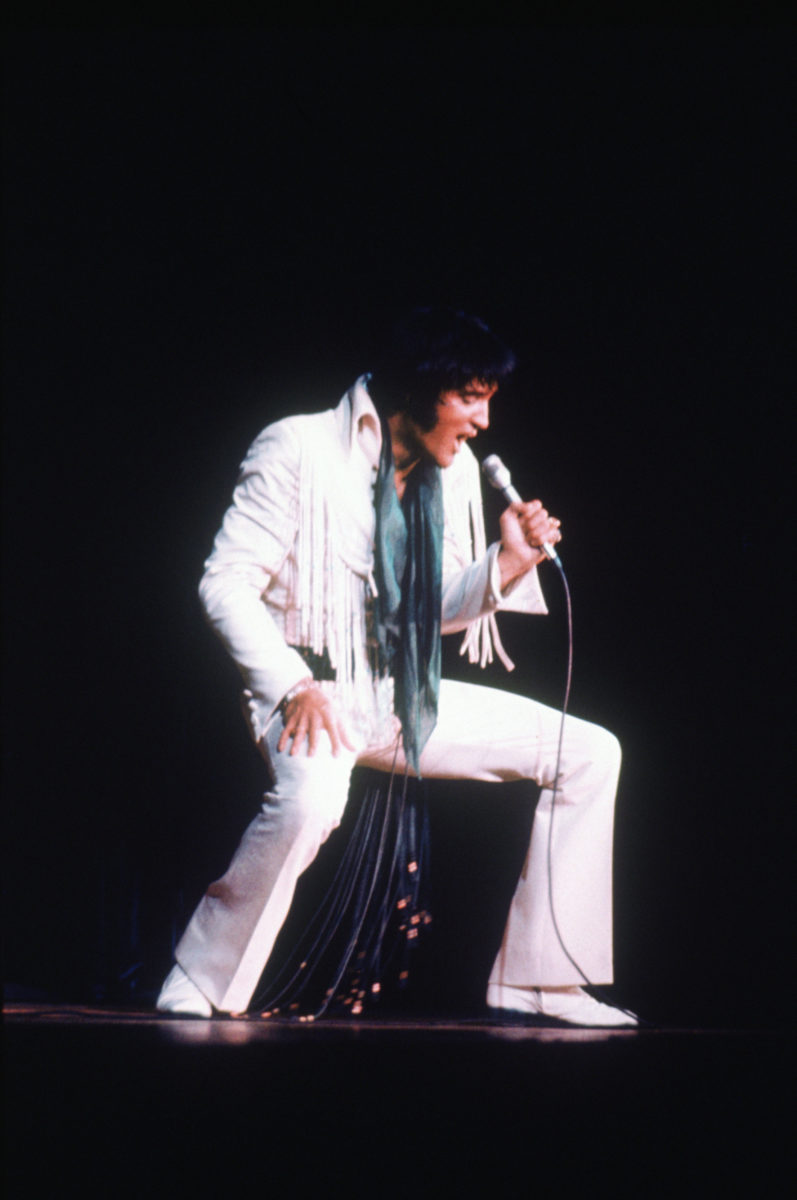
Thanks to Lucien Ballard’s stunning cinematography (he also lensed Sam Peckinpah’s THE WILD BUNCH and the original John Wayne version of TRUE GRIT (both 1969), the film is slickly packaged visually and captures Elvis in very reflective mood before he takes to the stage in front of a cabaret-capacity crowd with famous faces like a greying-Cary Grant and George Hamilton amongst them.
It’s certainly a treat for bona-fide Elvis fans of certain generations, especially the much-older fans who were teenagers when he first bowed, but the younger generation will certainly find intrigue in wondering what was so special about this individual who only seems to exist these days via a technically-rendered hologram, a convention of imitators and karaoke-destroying vocalists who get the impression, but not the intention, in the classic songs he wrote from early on.
It is of course the sheer joy of recognition for the songs as they play, be it LOVE ME TENDER, THAT’S ALL RIGHT MAMA, THE WONDER OF YOU and HOUND DOG, which are all featured in the main event, reminding one of a much simpler time when technology wasn’t as financially accessible, except to those exceptional and enigmatic presences like Elvis who could afford it.
Much of what transpires proves that sometimes simplicity in presentation is what gets people going. When The Beatles performed live, it was four group members playing off each other’s instruments and Elvis knew what image he wanted to convey on stage via the extravagant white costume amongst others he wore. In a modern context when paranoia amongst celebrities is heightened, it is quite a surprise in this film to see Elvis parading himself amongst the fans, offering kisses to enthusiastic ladies and signing the occasional photo.
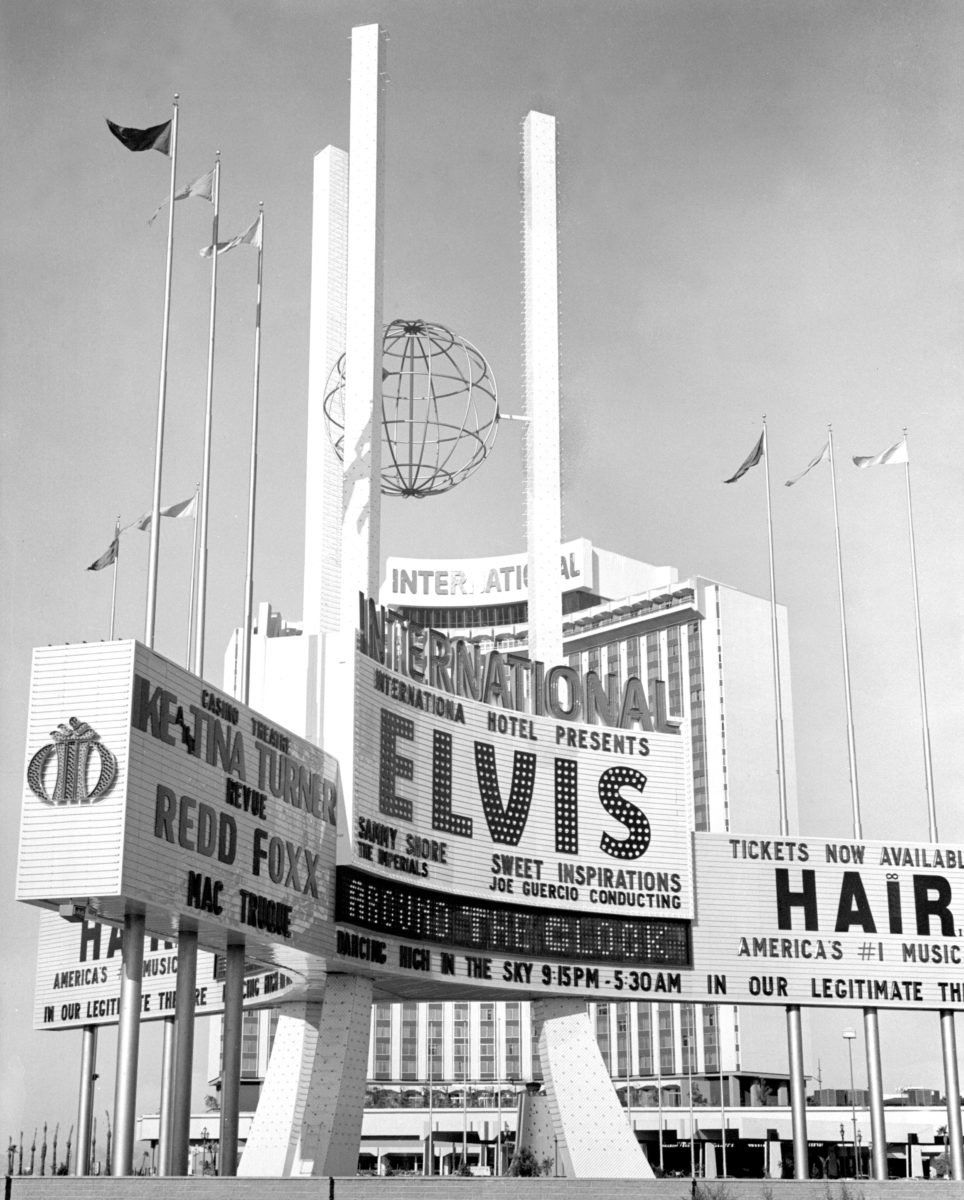
Where would he fit today? Well, for the most part, he would certainly blend with all manner of the modern artists and one would certainly be intrigued by what somebody like top producers Mark Ronson or Nile Rodgers could do to enhance his production values.
Equally, you can imagine (if all members were still alive today) Elvis, Led Zeppelin, The Beatles and The Rolling Stones packing out the likes of Wembley and the O2 over several nights in a truly mesmerising bill.
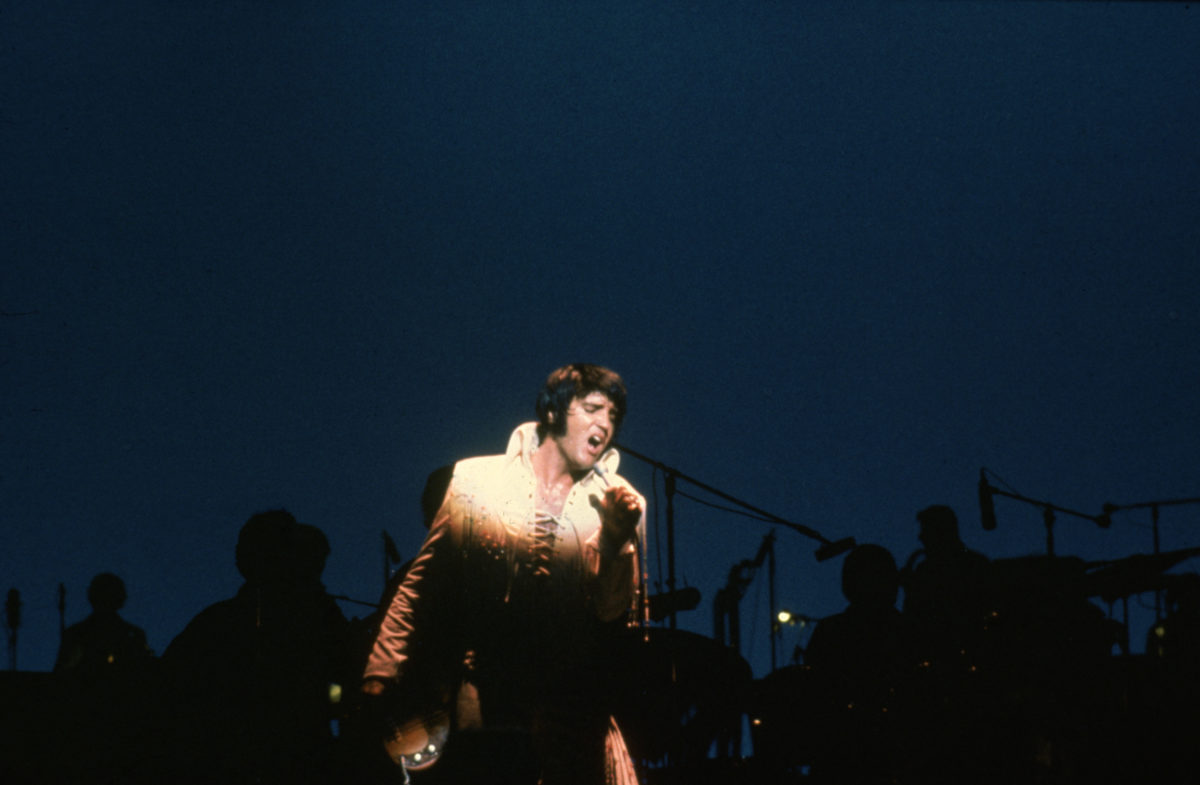
Sadly, we can only speculate beyond August 1977 and the icon’s tragic – and premature – death, but his last ever track, Way Down, did give a sense of the direction he was going in whilst retaining the core elements that made his music output so iconic both to the ear and on the big-screen.
ELVIS: THAT’S THE WAY IT IS – as it was in 1970 on its’ original release – remains a fine document of a talented artist who brought so much love and passion to his music – and his incredible following which remains as consistent today over three decades after his passing.
A classic big-screen treat.
ELVIS: THAT’S THE WAY IT IS returns to screens for one special night on August 13th, 2020 – and you can find out more, including where to get tickets from your nearest venue at:
https://www.elvisthatsthewayitis.com/


